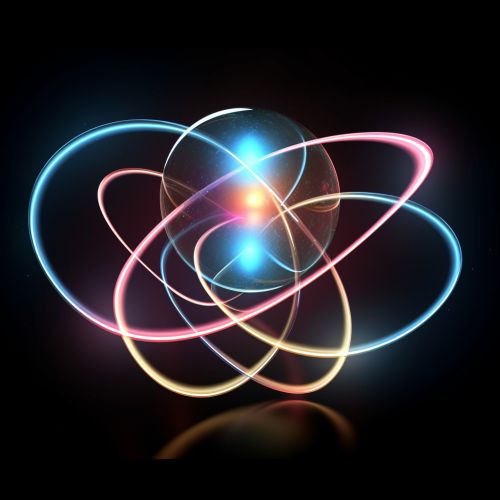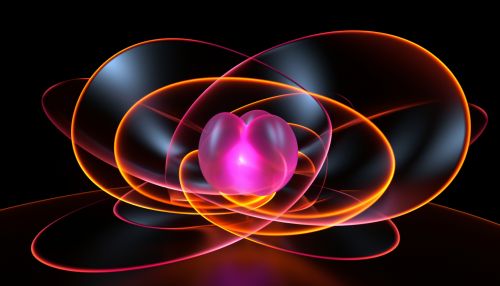Pauli exclusion principle
Introduction
The Pauli exclusion principle is a fundamental principle in quantum mechanics that was formulated by Austrian physicist Wolfgang Pauli in 1925. The principle states that no two identical fermions can occupy the same quantum state simultaneously. This principle is crucial in the structure and behavior of all matter.


Quantum State and Fermions
In quantum mechanics, a quantum state is a mathematical entity that provides a probability distribution for the outcomes of each possible measurement on a system. The Pauli exclusion principle applies specifically to fermions, a type of elementary particle. Fermions include all quarks and leptons, which are the basic building blocks of matter.
Formulation of the Principle
The Pauli exclusion principle was formulated based on the observation that electrons in an atom are arranged in shells and subshells. Pauli noticed that each electron in an atom is uniquely identified by a set of quantum numbers. These quantum numbers include the principal quantum number (n), the azimuthal quantum number (l), the magnetic quantum number (m), and the spin quantum number (s). According to the Pauli exclusion principle, no two electrons in an atom can have the same values for all four quantum numbers.
Implications of the Principle
The Pauli exclusion principle has profound implications on the structure and properties of matter. It explains the variety of chemical elements and their unique properties. Without this principle, all electrons in an atom would occupy the lowest energy level, leading to a very different and much simpler universe. The principle also plays a key role in the theory of superconductivity and the behavior of neutron stars.
Violations and Exceptions
While the Pauli exclusion principle is a fundamental principle in quantum mechanics, there are certain situations where it appears to be violated. These apparent violations are still a subject of ongoing research in the field of quantum physics. However, it is important to note that these are not actual violations of the principle, but rather phenomena that require a more complex understanding of quantum mechanics.
